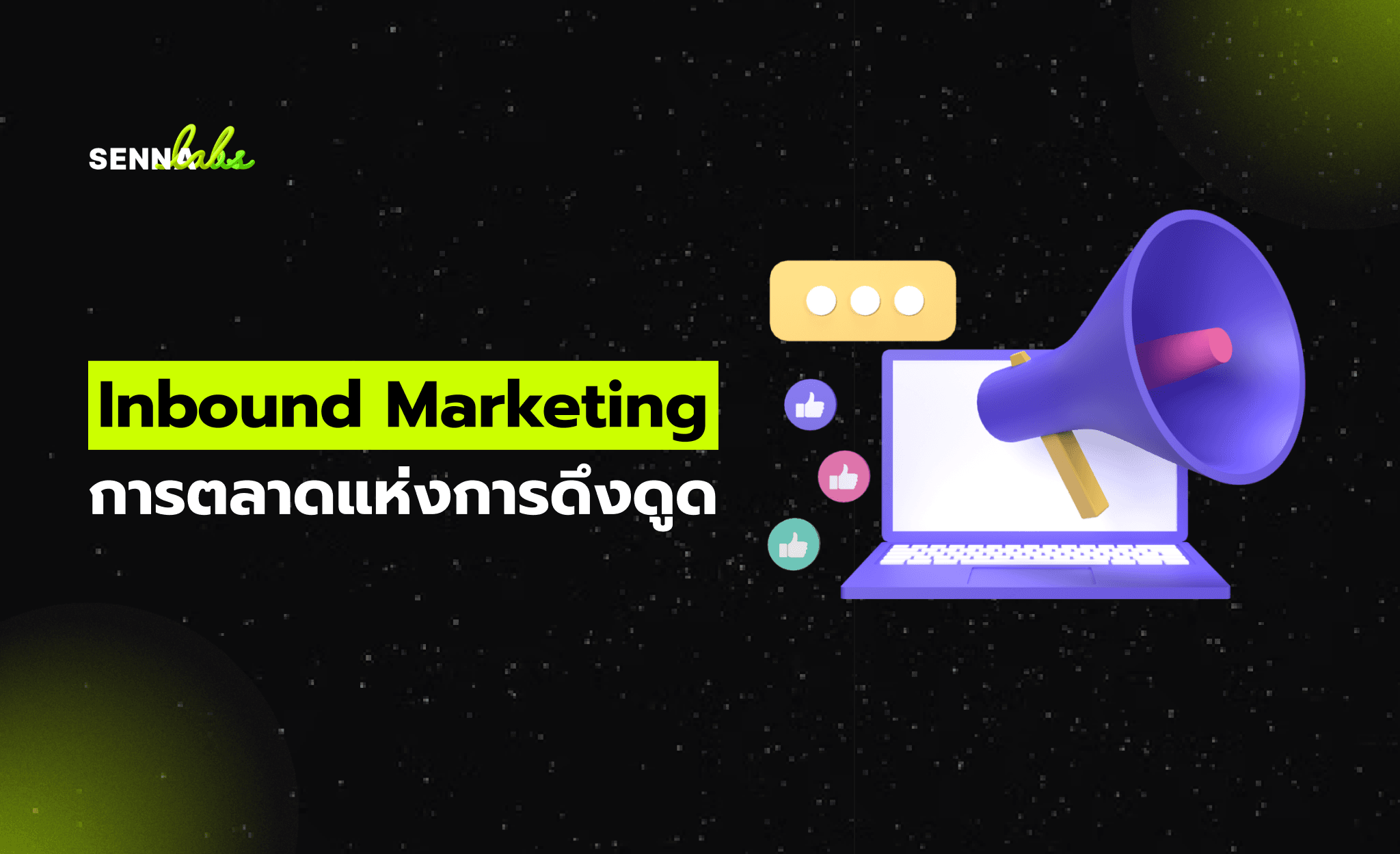How AI That Understands Users Can Boost Sales

Artificial Intelligence (AI) has revolutionized the way businesses interact with customers, from product recommendations to personalized content. However, while many websites and apps use AI to make automated suggestions based on user behavior, there’s a fine line between personalization and over-personalization. AI that understands users goes beyond just tracking their behavior and making predictions—it listens, adapts, and respects their preferences.
For businesses, AI that truly understands user intent can lead to more relevant recommendations, a better user experience, and ultimately, higher sales. In this article, we’ll explore how AI can be used to genuinely enhance personalization without feeling intrusive. We’ll also look at how an e-commerce brand increased repeat purchases by 30% by giving users control over their AI-driven recommendations.

Why AI That Understands Users Matters
1. Personalization vs. Over-Personalization
The main benefit of AI is its ability to personalize user experiences. By analyzing data on user behavior, AI can recommend products, services, or content that is most relevant to the individual. But there’s a catch—too much personalization can feel invasive.
For example, users may feel uncomfortable if an AI system is constantly recommending similar items they’ve already viewed or purchased. Without the right balance of personalization, users may feel boxed in, leading to a negative experience.
2. User Control and Satisfaction
AI-driven recommendations work best when users feel they have control over what is shown to them. Giving users the option to turn off recommendations, reset preferences, or explore all products ensures that the experience feels empowering, not restrictive.
When users feel in charge of their interaction with AI, they are more likely to trust the system and engage with it more frequently.
3. Increased Engagement and Repeat Purchases
When AI suggestions align with user preferences, it not only improves satisfaction but also increases engagement. Users who feel that the recommendations reflect their needs are more likely to return and make repeat purchases. By providing more relevant suggestions without overwhelming users, businesses can build stronger customer loyalty.
Case Study: E-Commerce Brand Boosts Repeat Purchases by 30% with Smarter AI Recommendations
An e-commerce brand was using AI to recommend products based on browsing history, previous purchases, and user preferences. However, despite having high traffic, the brand noticed a troubling trend: while users were clicking on recommended products, they weren’t coming back for repeat purchases.
The Problem:
-
AI-driven recommendations were too repetitive, showing users the same products over and over again, even after they’d already purchased them.
-
There was no option for users to control or reset their recommendations, which made some users feel like they had no choice but to accept suggestions they didn’t want.
-
Users didn’t feel they had the ability to explore a wider range of products, as the recommendations focused too narrowly on previous searches or purchases.
The Solution:
The brand decided to enhance the AI system by offering more user control and improving the relevance of the suggestions:
-
“Turn off recommendations”: Users could disable personalized recommendations at any time if they preferred to browse freely.
-
“View all products”: Instead of showing only AI-generated suggestions, users were given the option to see all available products in the category they were browsing.
-
Better customization: The AI was trained to show variety, recommending not just similar products but also complementary items and new arrivals based on the user’s behavior.
-
Clear messaging: When recommendations were shown, there was a clear message explaining why they were being suggested, reinforcing that the user’s preferences were being considered.
The Results:
-
30% increase in repeat purchases as users felt more comfortable using the AI system and were more likely to return for future purchases.
-
Higher user satisfaction as users gained more control over their shopping experience.
-
Improved engagement with the site, particularly in product discovery, as users felt empowered to explore a broader range of options.
This case clearly shows that giving users control over AI-driven suggestions—while still offering personalized recommendations—can drive both engagement and sales.
Best Practices for Designing AI That Understands Users
1. Give Users Control Over Recommendations
Allow users to turn off recommendations at any time. Provide an easy-to-find option to reset or refine preferences based on what they actually want.
2. Be Transparent
When recommending products or content, always explain why the recommendation is being made. This could be based on their past purchases, browsing history, or preferences they’ve set. Transparency builds trust and clarity.
3. Offer Variety
Don’t just show users products they’ve already seen or bought. AI should recommend a mix of familiar items and new or complementary products. This keeps the user experience fresh and encourages discovery.
4. Personalize Without Overwhelm
While personalization is key, avoid overwhelming users with too many options or suggestions. Provide curated, relevant recommendations based on their behavior, but allow them to explore freely if they wish.
5. Incorporate AI Feedback Loops
Use user feedback to improve recommendations. For instance, if users regularly skip certain suggestions or opt-out of certain features, use that data to refine the system.
Conclusion: AI That Listens Wins Customer Loyalty
AI-driven personalization is one of the most powerful tools available to businesses today. However, it’s important that AI systems understand the user and respect their preferences. When done right, AI can enhance user experience, increase engagement, and ultimately boost repeat sales.
As seen in the case study of the e-commerce brand, giving users more control over their experience—such as enabling them to turn off recommendations or explore all products—leads to higher customer satisfaction and increased sales. AI doesn’t need to be invasive; it needs to be responsive and attentive to the needs of the user.
By making your AI tools feel like collaborators rather than data collectors, you can build stronger relationships with your customers and improve your bottom line.


Subscribe to follow product news, latest in technology, solutions, and updates
Other articles for you



Let’s build digital products that are simply awesome !
We will get back to you within 24 hours!Go to contact us Please tell us your ideas.
Please tell us your ideas.







